Many North American birds are experiencing a steady or even drastic decline and the most common reason is the loss or degradation of their habitat. Discover how our bird conservation program is helping.
Delaware Nature Society (DelNature) is actively involved in bird conservation through habitat restoration at several sites we own or help manage. Hundreds of native trees and shrubs have been planted along streams to establish forested floodplains which provide crucial habitat for a large variety of migratory and nesting birds. We have also replanted several large meadows with a diversity of native grasses and wildflowers to provide breeding and wintering habitat for a wide range of birds, and also hunting grounds for several birds of prey including declining species such as American Kestrels, Long-eared Owls, and Northern Harriers. Where appropriate, we encourage natural succession of fields to woodlands since this creates early successional habitat which attracts a wide range of birds including Blue-winged Warbler, Prairie Warbler, and Yellow-breasted Chat. DelNature is also actively involved in other restoration projects including the creation of coniferous groves used by roosting Long-eared Owls and Saw-whet Owls.
Since we maintain almost 200 nest boxes throughout our properties we know many are used by several species of cavity-nesting birds including Eastern Bluebirds, Tree Swallows, Carolina Chickadees, Eastern Screech Owls, Wood Ducks, and American Kestrels. We have also been successful in attracting Purple Martins to our nesting houses. These nest boxes are monitored each week by our staff and a team of volunteers and the data are shared with the Cornell Lab of Ornithology’s Nest Watch program and the Delaware American Kestrel Partnership.
Because we conduct bird surveys across our sites during all four seasons, we are able to help bird conservation. The bird surveys help us assess the impact of our habitat restoration on breeding, wintering, and migrating birds. Our staff ornithologist manages a bird banding program which includes weekly public banding demonstrations during spring and autumn.
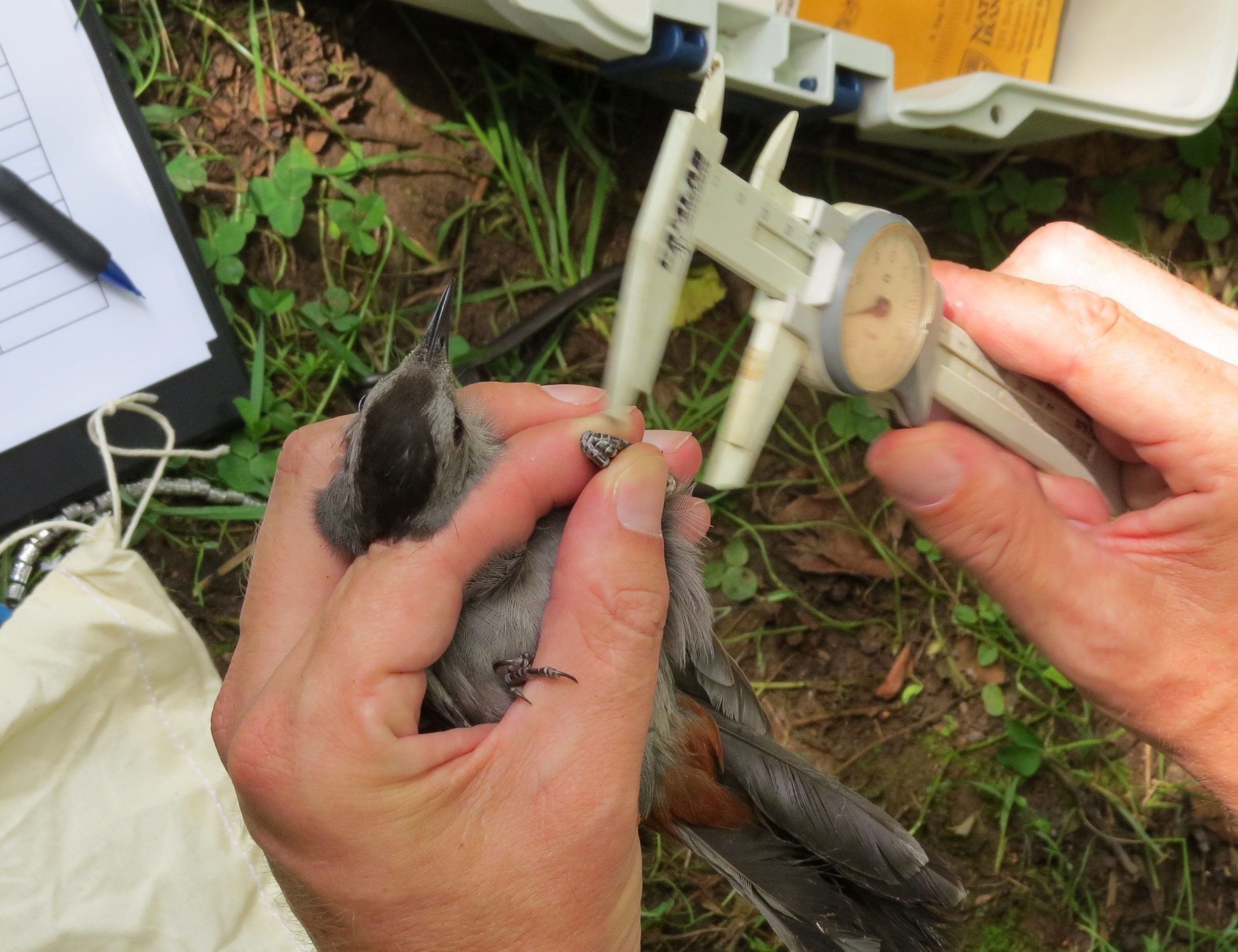
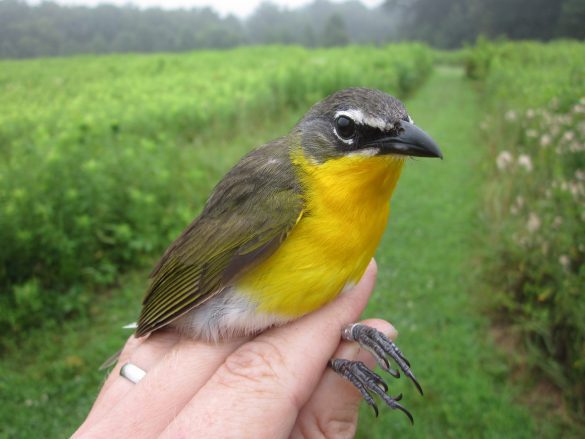
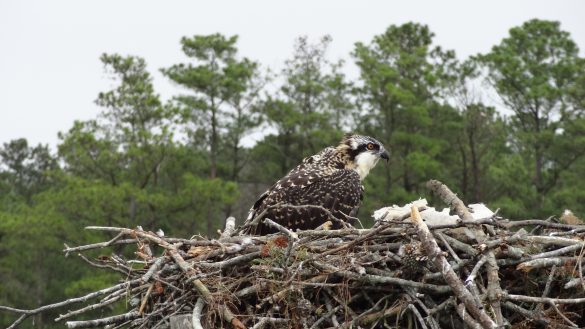
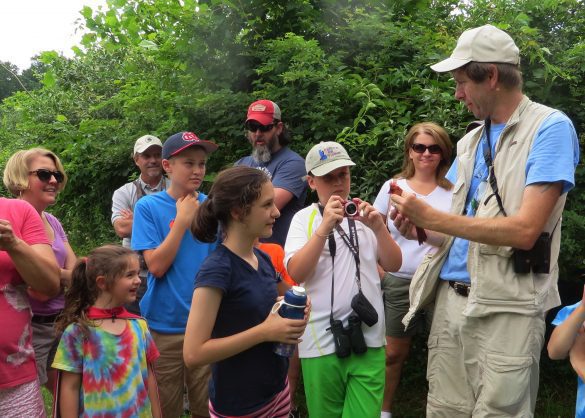
The Effect of Invasive Plants on Bird Conservation
The spread of non-native, invasive plants is a threat to birds’ habitat and food sources. Invasive species such as Multiflora Rose are abundant in the Delaware region. Invasive plants like these can negatively affect birds by growing over or killing the native trees and bushes birds nest in. They also spread over the open ground used for feeding and nesting. Finally, these plants support fewer insects that serve as food. Delaware Nature Society is currently conducting a research project at Bucktoe Creek Preserve in which Multiflora Rose was removed from one area and left it in another to test whether a variety of bird species are more likely to feed and nest in the cleared plots versus those where Multiflora Rose was left in place.
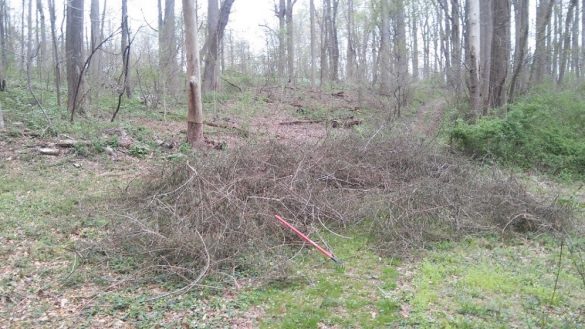
View the results of this research project:
Stewart I. and J. White. 2021. The use of non-native plants by nesting birds in the Red Clay Valley: an experiment. Delaware Ornithologist 50, 64-68
Learn More and Help Support Birds
Learn more about and visit our projects.
Bird Banding Hawk Watch Advocate for Birds Garden for Wildlife
Learn more about our habitat management.